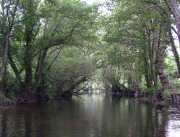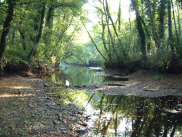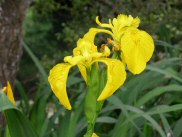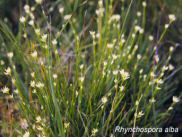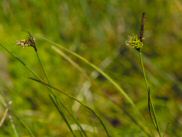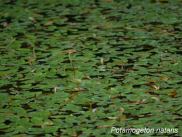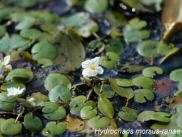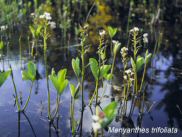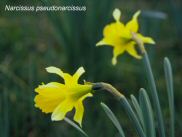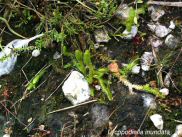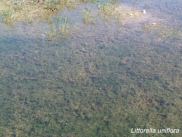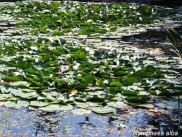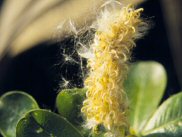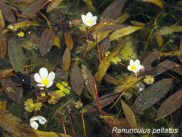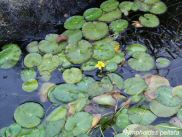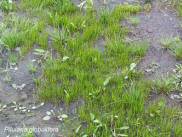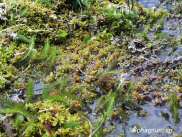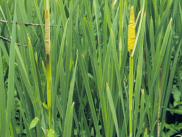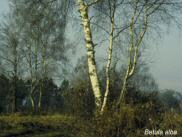
|

General description
The Parga-Ladra-Támoga SCI has an area of 4934 hectares and the areas which the project is concerned with take up approximately 120 hectares, being based on the Miño Islands and the aluvial plains of Begonte where the rivers Parga and Ladra come together.
In the Parga-Ladra-Támoga SCI most of the vegetation is a heterogeneous mosaic of seasonally swamped decidious wodland.
These woods are based on the banks of the different rivers also in the flooded areas during winter.
Connecting the woods in this area we find a significant number of natural and seminatural habitats among which predominate various types of permanent and temporary marshy areas, peat areas, rivers...
Diversity and heterogeneity of water ecosystems which exist in a Parga-Ladra-Támoga SCI has fomented the existence of plentiful and significant aquatic flora and fauna, among which we can find different kinds of species which are of international, community and national interest.
Habitats
In Parga-Ladra-Támoga SCI we can find a number of Habitats of Interest (according to the Directive of 92/43/CEE) of which four are catalogued as Priority for conservation:
Aluvial Woods of Alnus-Fraxinus
Marshy birch woods Betulo-Molinietum
High Peat Areas of Erica tetralix and Sphagnum
High Peat Areas of Cladium mariscus
In addition to these habitats there is a great variety of water related ecosystems.
Ecosystems which include different lakes, ponds and peat areas fed by water,precipitation less evaporation, near surface water, karst, hydrothermal interconnected by an extensive water network.
Species The heterogeneity of mediums gives life to a great variety of organisms, among which we can highlight three species of Community Interest:
|
|
Just as important is the abundant water fauna which lives in this medium, more than 1500 aquatic birds in winter, with 24 species from Annex 1 from the Birds Directive and with a breeding nucleous Tetrax tetrax (L), a species considered as a priority. Other species which we can find are the following: Lutra lutra L., Galemys pyrenaicus, Rhinolophus ferrumequinum, Rhinolophus hipposideros and Myotis myotis. |
|||
The latter is of interest because it is catalogued in Spain as a species in danger of extinction. | |||||



